Fender vs Squier: what’s the difference?
Everything you need to know about the Big F and its budget-friendly sister company – a guide to the history, spec and tone differences between Fender and Squier
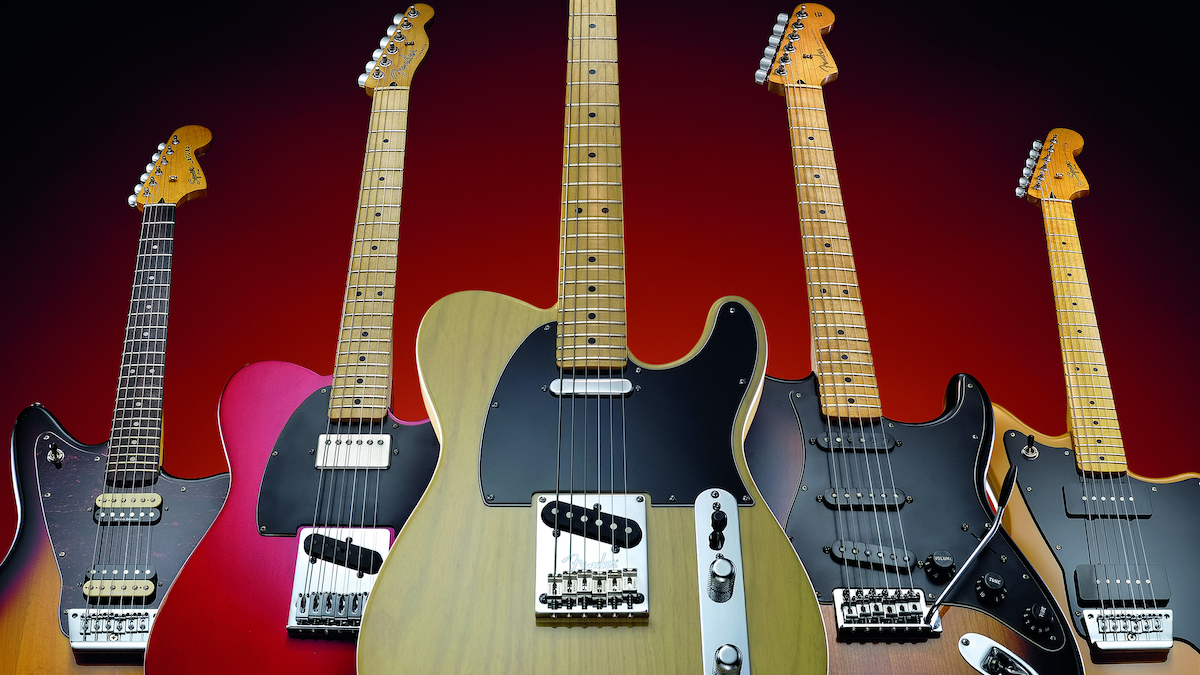
With many of the same shapes, models and finishes on offer, you’d be forgiven for wondering what the difference is between Fender and Squier. Telecasters, Strats, P-Basses, Jazzmasters and more are available from both brands, so what separates these two companies, and are Fender guitars really better than Squier?
Many people wonder if Squiers are made by Fender – they are separate companies, but Squier are officially licensed by Fender to be the company’s sub-brand.
There’s a huge range in price across both brands, and countries of manufacture differ too, alongside some other key distinctions. Here, we will look at what the differences are between Fender and Squier as well as looking at some of the best examples from both camps.
What’s the difference? Here’s the short answer
Fender is the parent company to Squier and allows them to use the copyrighted shapes, names and more. When bought new, a Squier will be cheaper than a Fender, making them perfect for those just starting out, or for more experienced players looking for a solid, reliable backup instrument.
Whilst many Squier and Fender guitars and basses look pretty much the same, Fenders tend to be made to a higher standard, offer better quality hardware, wood and components and feature more refined and generally better-sounding pickups.
The history
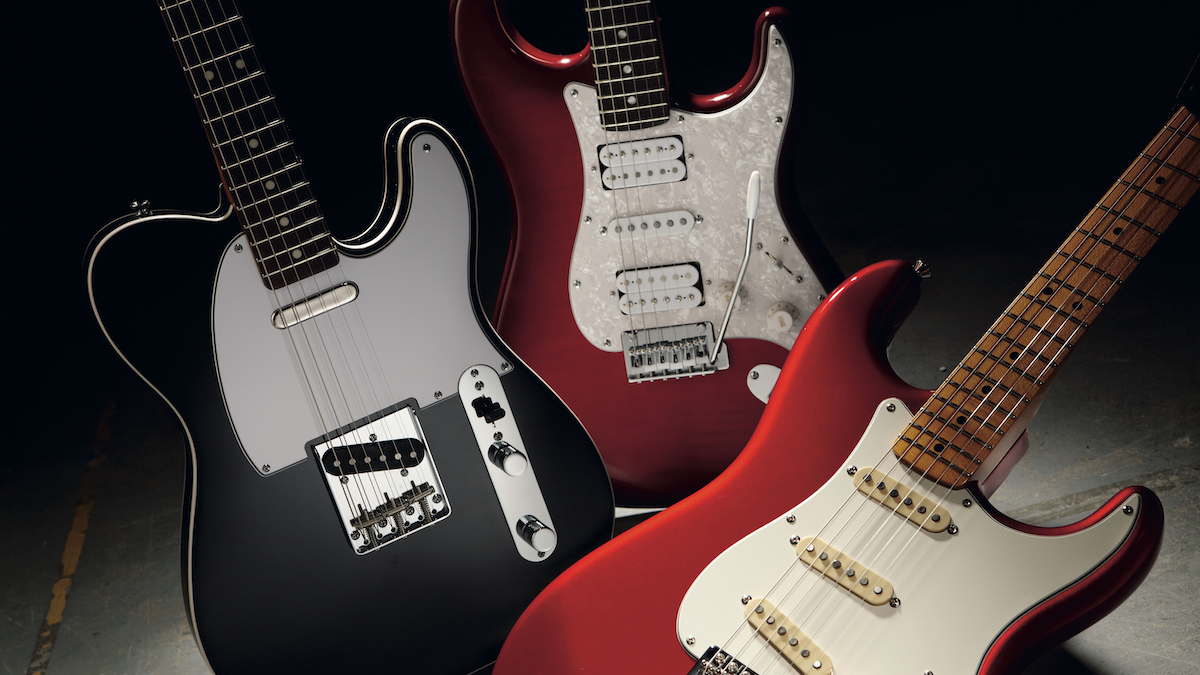
Fender has been a company for some time, but things really took off when Leo Fender invented the Telecaster (then called the Broadcaster, along with its earlier single-pickup incarnation, the Esquire) in 1950. Since then, they’ve gone on to pioneer numerous different guitar, amp and pedal designs, many of which have gone on to inspire millions and grace the biggest stages in the world.
Squier has been around since the late 19th century, though at first they were making violins and strings. They were acquired by Fender in the mid-60s and for a while they didn’t do much. In the late ‘70s and early ‘80s, Japanese companies started to make copies of Fender’s biggest-selling models. Japanese labor costs were cheaper than they were in the US, so they could make them to a good standard, for less money.
Get The Pick Newsletter
All the latest guitar news, interviews, lessons, reviews, deals and more, direct to your inbox!
Fender, acknowledging the quality of these copies and the competition they posed, licensed Squier to make budget versions of their most popular models to help get the guitars into the hands of more people. Since then, production of Squier has moved from Japan to China and Indonesia, in their own dedicated factories with a specially trained and skilled workforce.
The players

If money is no object, when given the choice between a Fender and a Squier, most players would choose Fender. That’s why you’ll see more professionals armed with the former.
If you’re a touring or session pro, you’re likely to invest more cash in your gear so the improved build quality and more refined sound you get with a Fender will serve you better.
The list of pro players that use and have used Fender is incredibly long, but if we’re naming a few… Jimi Hendrix, John Mayer, H.E.R., Buddy Guy, Johnny Marr, Jim Root, Nile Rodgers, Bonnie Raitt, John Frusciante, Kurt Cobain and absolutely loads more.
That said, when you get a good Squier, there’s absolutely nothing stopping you from conquering the biggest stages in the world. Whilst not as popular with pros as Fender, Squier have been used by the likes of Pete Wentz and Joe Trohman of Fall Out Boy, J. Mascis, Mike Rutherford of Genesis, Jeff Healey and more. Check out more guitarists who play cheap guitars here.
Country of manufacture
Squier makes more affordable versions of Fender’s biggest-selling models, though they do also have their own lines and models that help make them stand out as their own entity. Squier guitars and basses are made in the Far East and most of them are made using cheaper components. The pickups and hardware aren’t quite up to the same quality as Fender, which in turn affects how the instruments sound and feel.
While all Squiers are made in the Far East, Fenders are made in Mexico, Japan and the USA, with the price points generally going up in that order too. This can make comparing Squier and Fender difficult – if you’re looking at a decent Squier and a lower-end Fender, you might not notice much difference. There tends to be a bit more consistency with the Fender stuff, but both are great options at an affordable price point. Compare a Squier to a top of the range US-made Fender, and there will be massive differences.
Sounds & tones
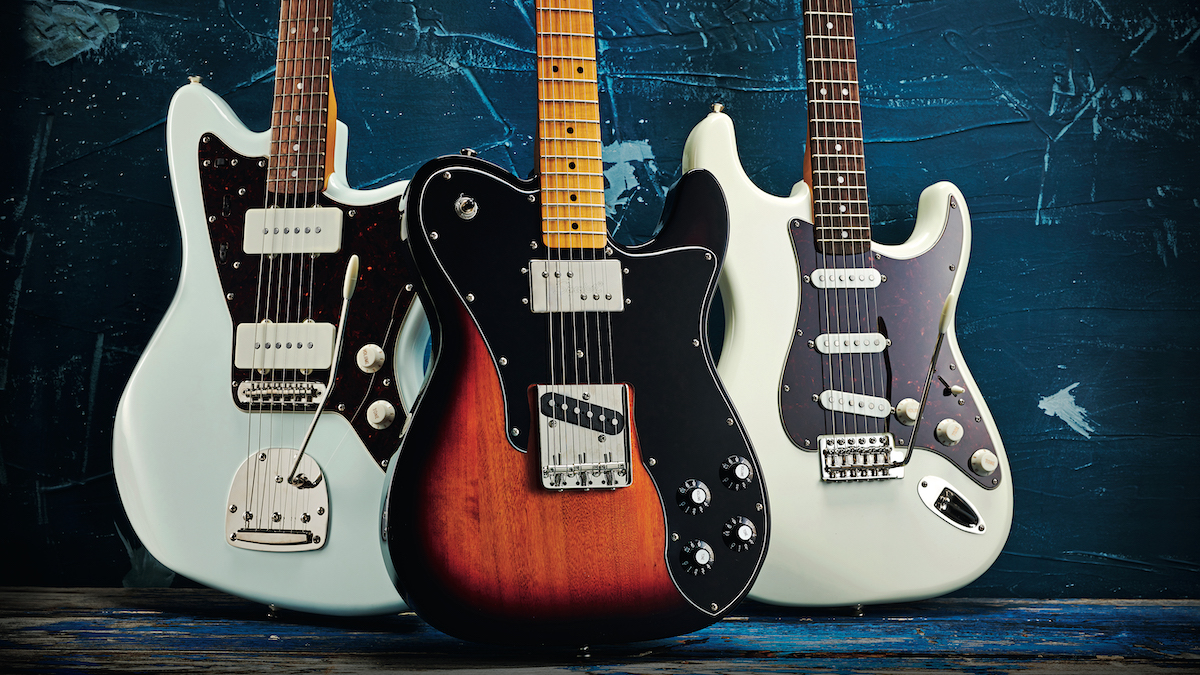
In terms of sound, Fenders usually have more of a dynamic range – that is they’ll respond better to you using a really light touch, and a really heavy one. High-quality pickups really help give out exactly what you put in, enabling you to play with more expression and more emotion. The better pickups that you’ll find in most of the Fenders also tend to have a wider frequency range, so you’ll get a stronger and richer bass response from your lower strings, and a clearer and more detailed sound from your higher notes.
For players just starting out, they might not notice too much difference in the sound, which is why many go for a Squier, and then move onto a Fender once they’re more used to it and their ears are better tuned into tone. It’s also worth pointing out that a Squier Tele and Strat etc will still have most of the tonal characteristics you’d associate with the parent models from Fender – they’ll just be a slightly less refined version of what you’d get with a Fender.
Playing feel
The feel of the instrument can also be a difference between Squier and Fender. The build quality from Squier is really good, especially considering the price, however, in our experience it does tend to be better from Fender. Now and again, you might get a Squier with slightly rough fret ends – nothing too bad, but your fretting hand might notice it.
How everything’s put together can also affect how the guitar resonates – if the instruments are assembled with more attention to detail, then they’re likely to produce a better tone. Better hardware used on Fenders also helps them stay, and play in tune more accurately.
Buying advice
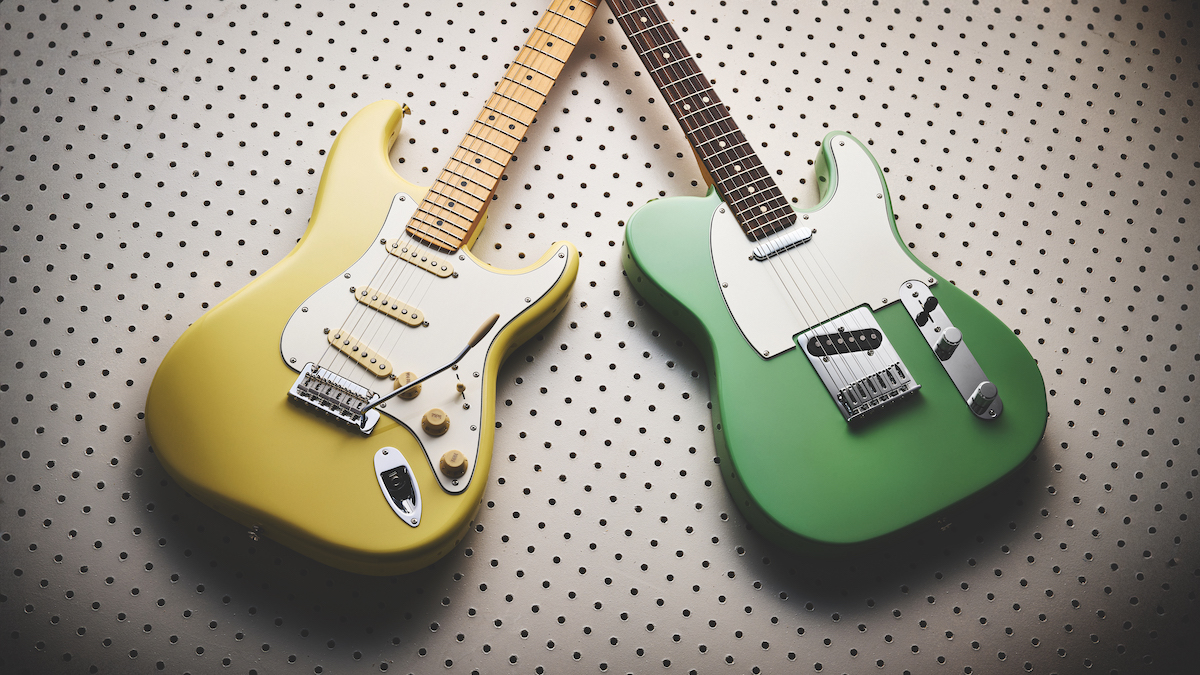
Just starting out, or upgrading?
When looking to buy a guitar or bass from either of these brands, it’s worth considering how the differences between Fender and Squier might affect your purchase. If you’re fairly new to it, then you might want to think about starting out with a Squier. You’ll spend less cash – leaving you more budget for a guitar amp, strings, case and anything else you might need. Plus, at this stage, most of the differences between Fender and Squier won’t really have an impact on your progress.
If you’re looking to upgrade your current guitar or bass, then a Fender might provide you with an improved sound, better playability and just a higher quality instrument in general.
Out and about
You should also think about where you’ll be playing the guitar most. Are you after a guitar or bass for playing small shows in pubs and bars? By all means, get yourself a Fender, but 99 percent of the audience won’t be able to tell the difference between that and its Squier counterpart. If a Squier does the job, and it plays well, then you can perform without worrying about an expensive Fender getting damaged or stolen.
If you’re going to be taking your new guitar to the studio, then here’s where you might benefit from those higher-quality pickups that you’ll get with a Fender. When recording, you’re more likely to hear all the nuances that better quality components will offer – and so will the listener!
Budget
Of course, budget is probably going to play a major part in what you choose. If you’ve got a big chunk of money and you’re looking for a high-quality guitar, then go down the Fender route. A Squier will set you back less cash, and, although you’ll forgo a number of improvements and upgrades, you’re still going to get a decent guitar or bass that delivers most of that classic Fender sound.
Squier recommendations
Think a Squier is right for you, your playing needs, style and budget? We’ve picked out three that we would happily recommend any day of the week
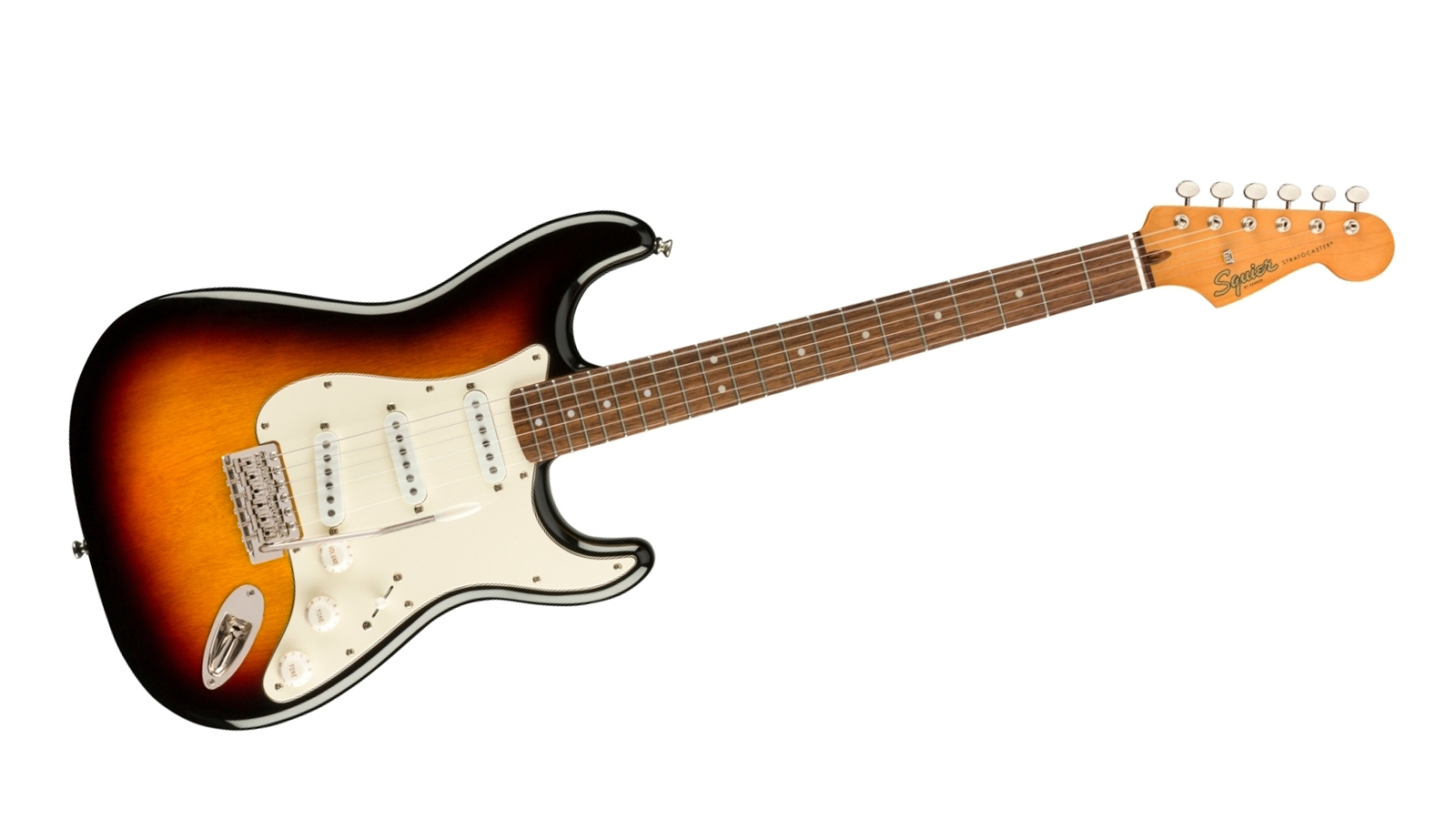
1. Squier Classic Vibe 60s Strat
Our expert review:
Specifications
Reasons to buy
Reasons to avoid
The ultimate Strat for less than $/£500. This is based on the highly coveted models from the 1960s and offers players vintage tones and aesthetic without the price tag you’d associate with a vintage guitar. The three pickups and five-way selector give you a variety of classic Strat tones. Whether it’s rock, pop, blues, country or anything else you’re leaning towards, chances are a Strat can cover it.
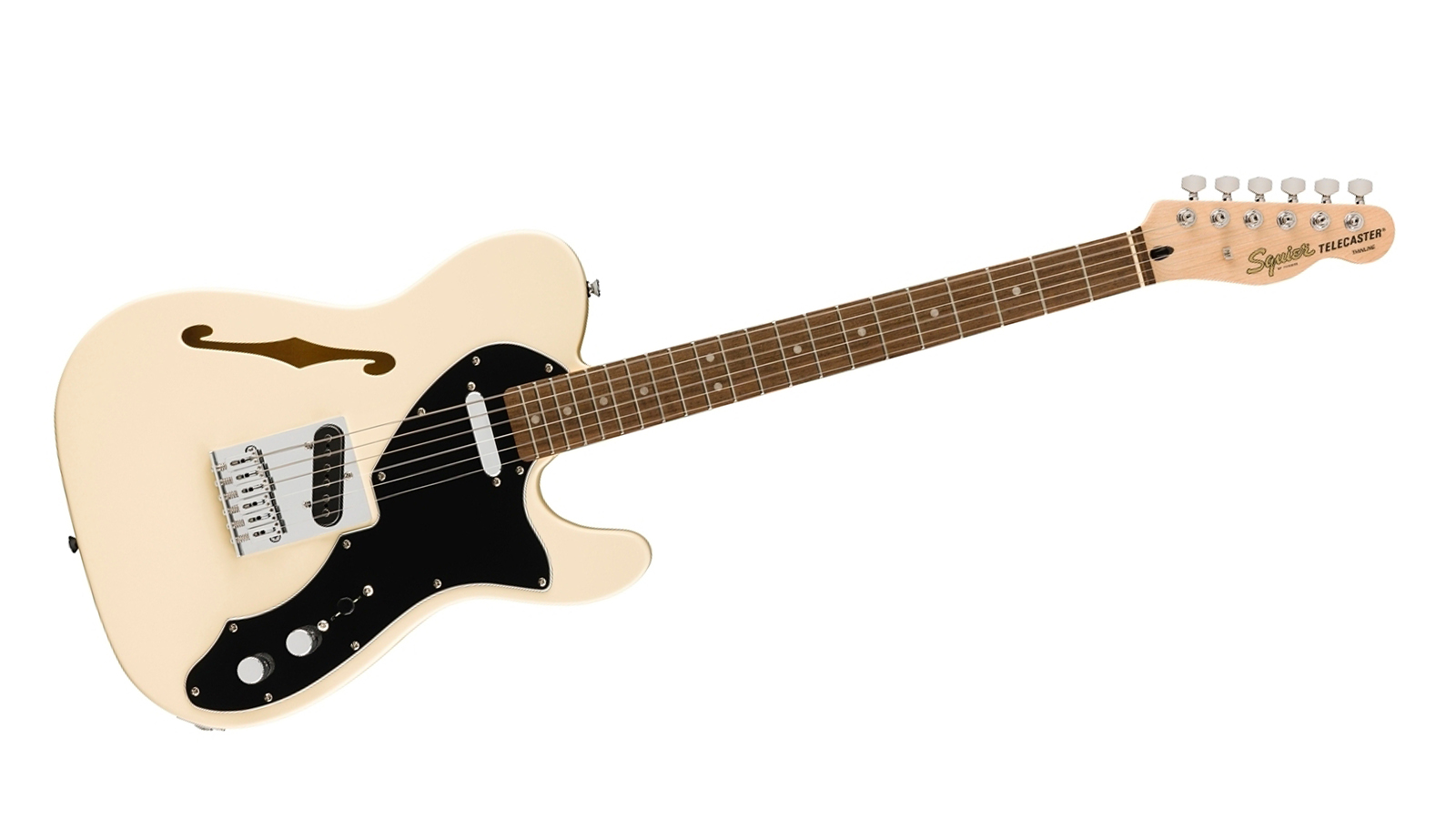
2. Squier Affinity Thinline Telecaster
Specifications
Reasons to buy
Reasons to avoid
This is an affordable Tele with a bit of a twist. It’s got the classic single cutaway body shape and two single coil pickups however this one has a semi-hollow body. You’ve got all the traditional Tele bite and twang with the benefits of increased resonance and sustain. The colorways on this model are really nice too. The build quality is good, though as you’d expect – not as good as a Fender. If you’re looking for your first or second electric guitar, this would be an excellent choice. Even if you’re already more advanced, it would make for a lovely addition to any collection.
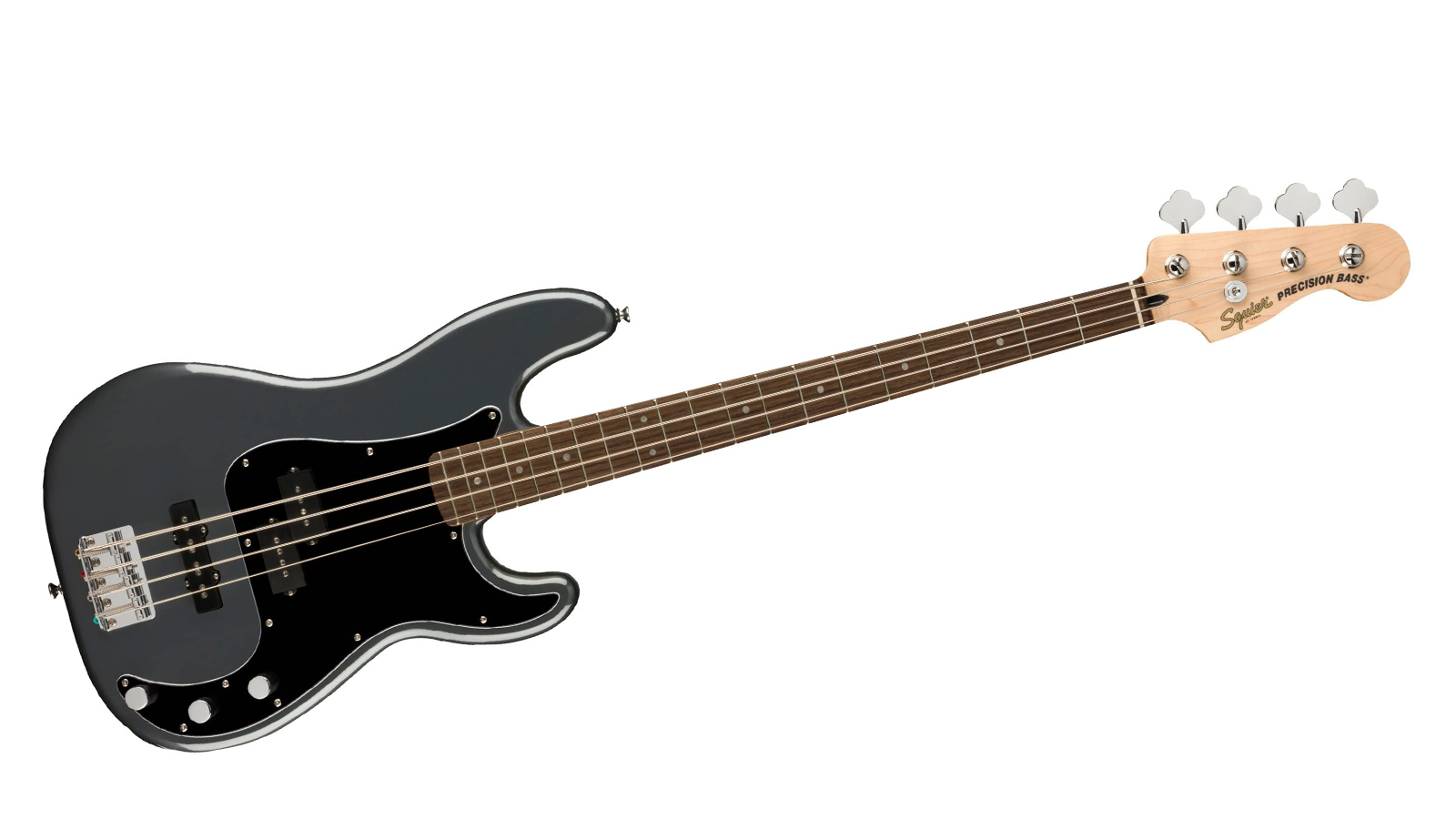
3. Squier Affinity Precision PJ
Our expert review:
Specifications
Reasons to buy
Reasons to avoid
This certainly makes for one of the best beginner basses available, but it’s also a great choice for anyone looking for a versatile instrument with some of that classic Fender sound. The PJ bass has the split coil Precision pickup as well as a Jazz Bass pickup in the bridge position. This lets you go from a low, warm and thumpy rumble to more articulate tones easily. It’s versatile so can cater for any style of music or playing. For the money the quality is very good, though if you want something more of a pro standard, then you’ll probably want to look at a Fender.
Fender recommendations
Thinking about heading down the Fender route? These three models would be top of our wishlist.
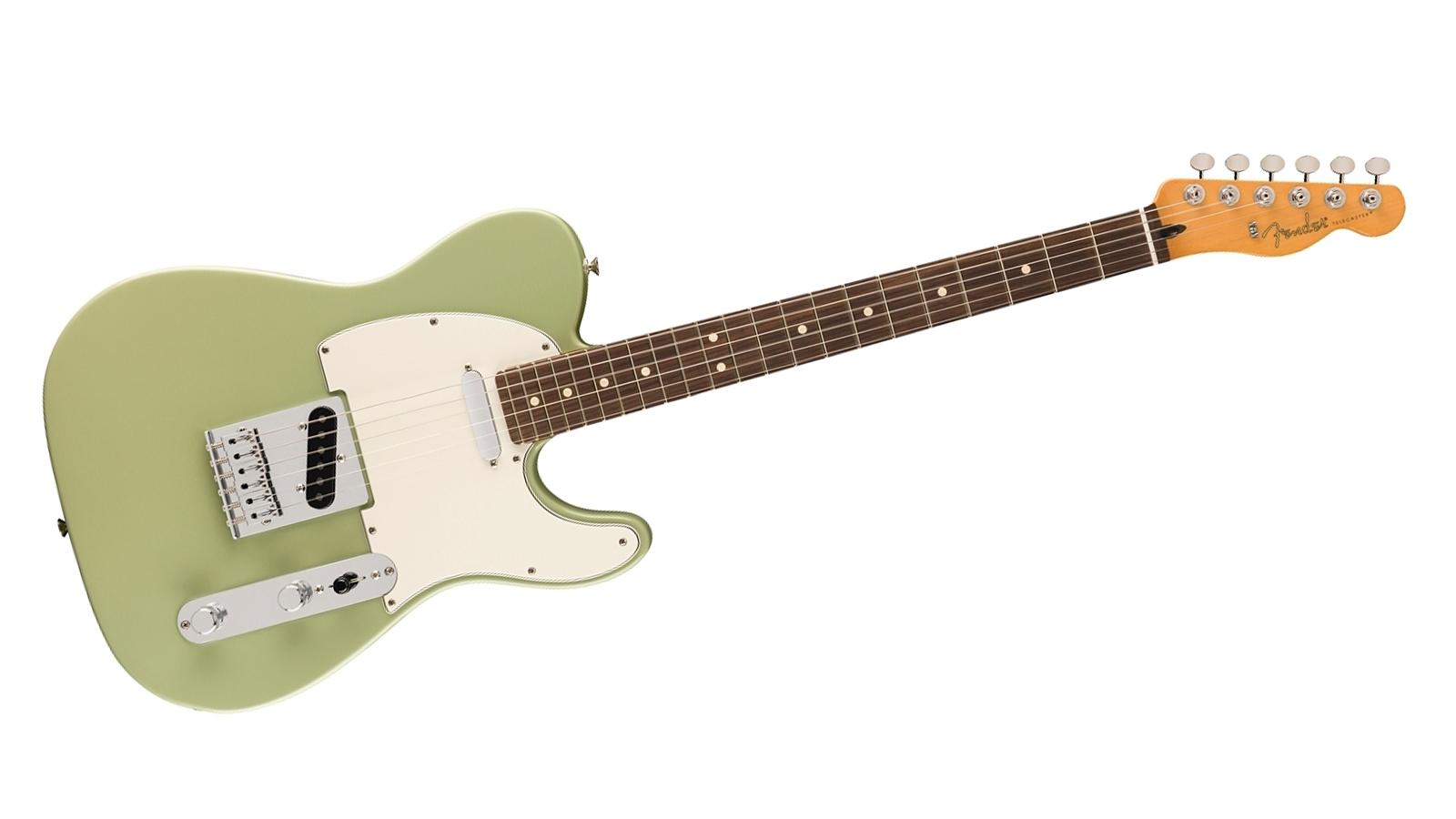
1. Fender Player II Telecaster
Our expert review:
Specifications
Reasons to buy
Reasons to avoid
The Player II series gives you classic Fender instruments loaded with contemporary features and upgrades. This is fitted with two Player Series Alnico V single coil pickups that offer a tight, balanced sound. They’re nice and punchy to cater for modern styles of music but they’re full of the traditional Tele bite that you’d expect. It’s super comfortable to play too, with rolled fingerboard edges and a nice, slim Modern C neck profile.
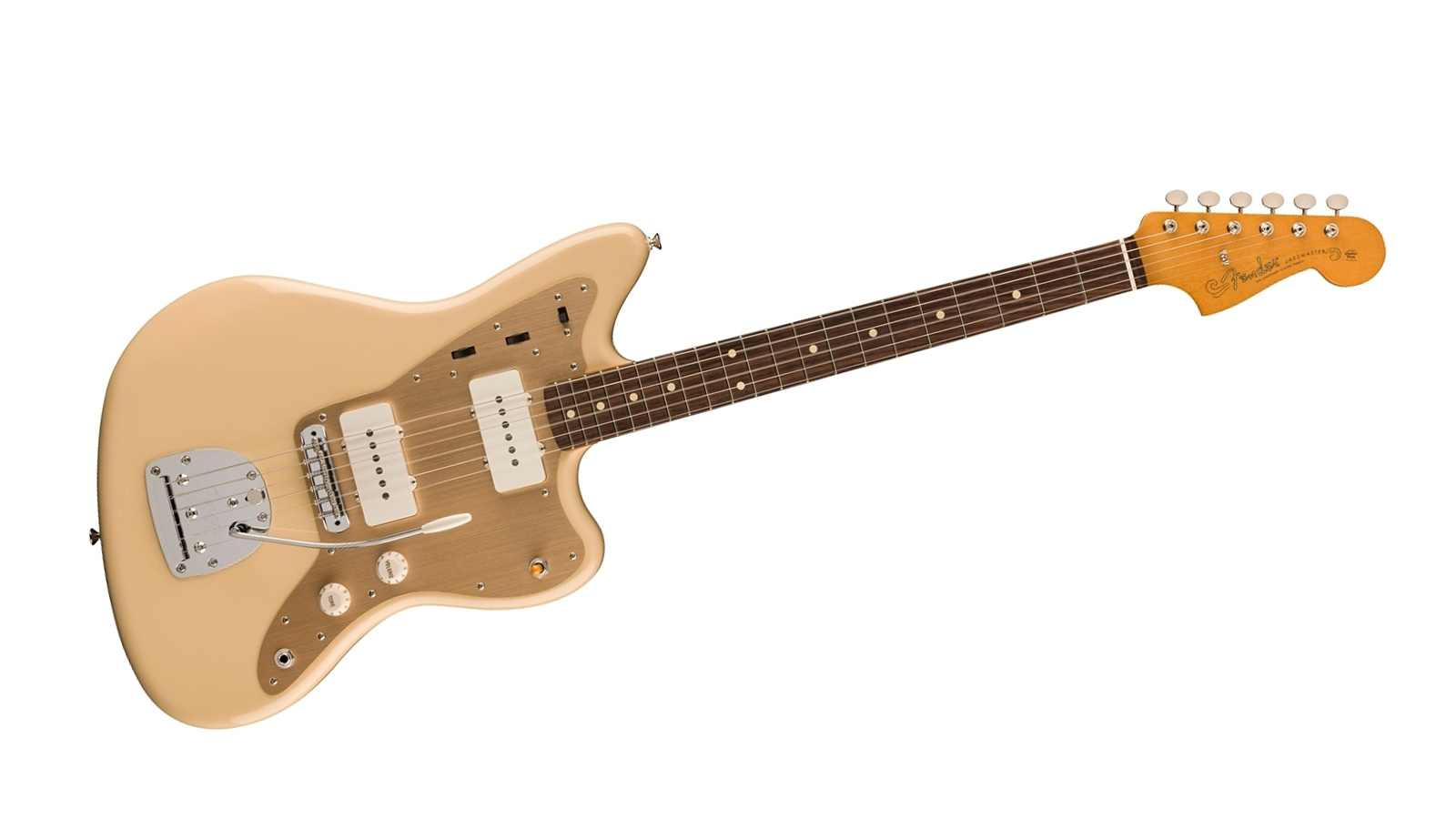
2. Fender Vintera II 50s Jazzmaster
Our expert review:
Specifications
Reasons to buy
Reasons to avoid
but versatile sound. Using the two unique circuits, you can get a variety of different tones. The Vintera II series offers players the opportunity to experience classic, vintage features and tones whilst reaping the benefits of a new guitar. This particular model is inspired by the original models from the 1950s, so if you’re seeking something a little more old-school, then this is one to check out.
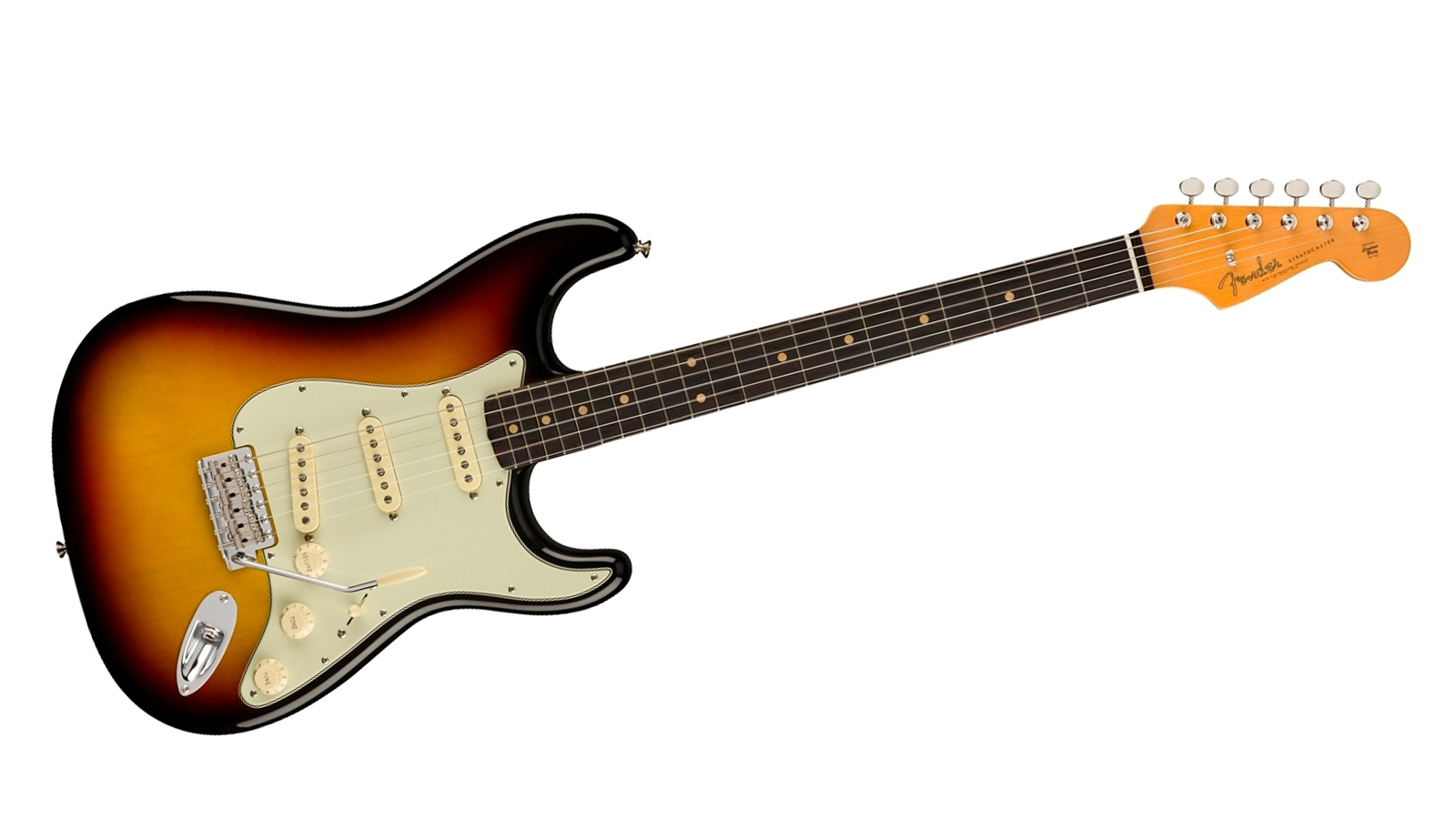
3. Fender American Vintage II 1961 Strat
Our expert review:
Specifications
Reasons to buy
Reasons to avoid
Late 50s and early 60s Strats are some of the most sought-after guitars in the world with original models selling for tens of thousands. Here’s Fender’s modern take on one of those hallowed instruments. Everything from the body and neck to the hardware is period-accurate, plus the pickups have been voiced specifically to sonically match original units from 1961. The result is a new guitar that feels and sounds like a vintage one. The build quality is fantastic and it comes shipped with a premium hard case.
Related buyer's guides
- Best Fender amps: tube combos, digital modeling amps and more
- Best Ibanez guitars for every budget
- Gibson Les Paul buyer’s guide: the best Les Pauls around
- Best Epiphone Les Pauls: Gibson’s iconic single-cut on a budget
After spending a decade in music retail, I’m now a freelance writer for Guitar World, MusicRadar, Guitar Player and Reverb, specialising in electric and acoustic guitars, bass, and almost anything else you can make a tune with. When my head’s not buried in the best of modern and vintage gear, I run a small company helping musicians with songwriting, production and performance, and I play bass in an alt-rock band.

“The ‘Destruct’ button really sets it apart from just about any other Tele”: Fender and Mike Campbell recreate the Red Dog – The Heartbreaker’s heavily modded 1972 Telecaster, which he played with Tom Petty and Fleetwood Mac

“Ibanez and Japanese brands in general were irritating the hell out of Gibson, Fender and other US companies targeted by copyists”: From copies to innovations – the origin and rise of Japanese electric guitars (and the truth about ‘lawsuit’ guitars)

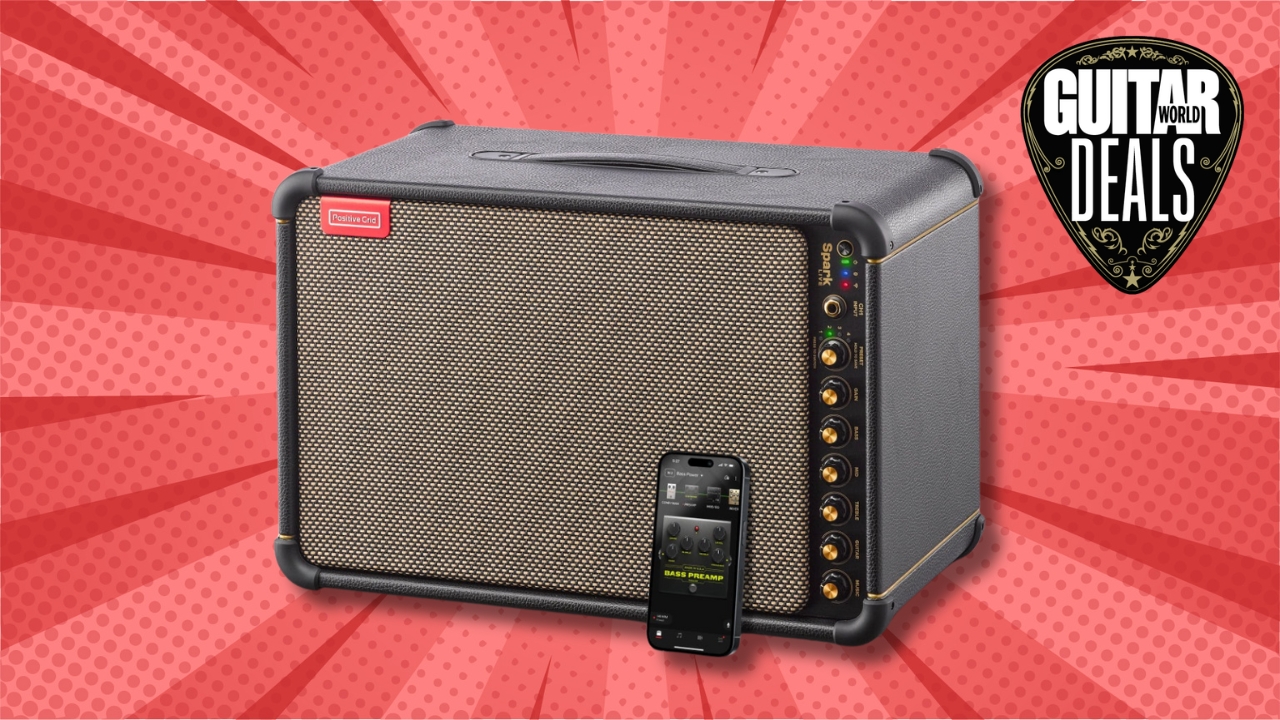



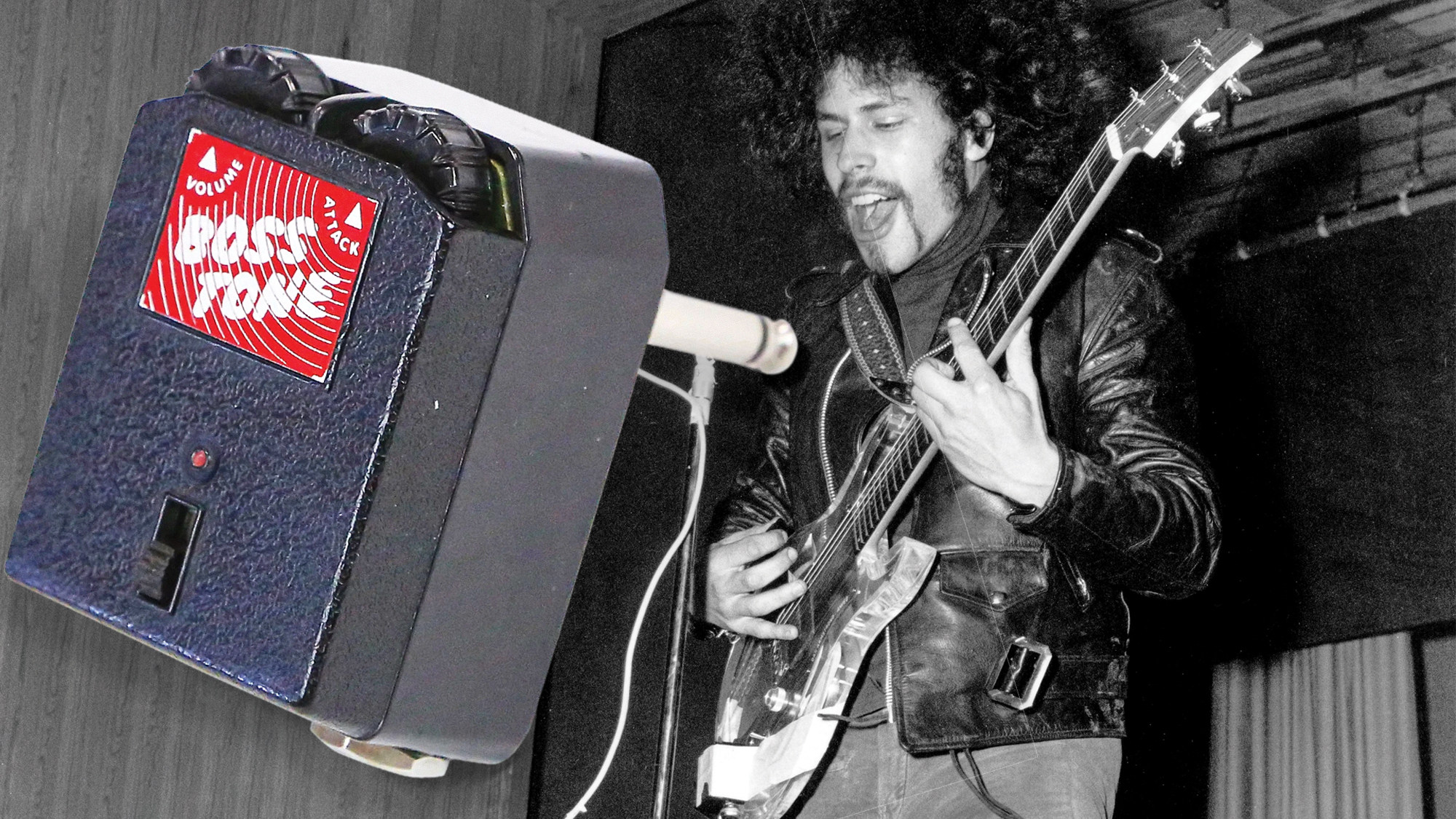


![The Grateful Dead: Pigpen [left] and Jerry Garcia in action at Santa Clara County Fairgrounds in San Jose, May 18, 1968.](https://cdn.mos.cms.futurecdn.net/SiXNMdzjN4PJYWg6TaRqwg.jpg)

